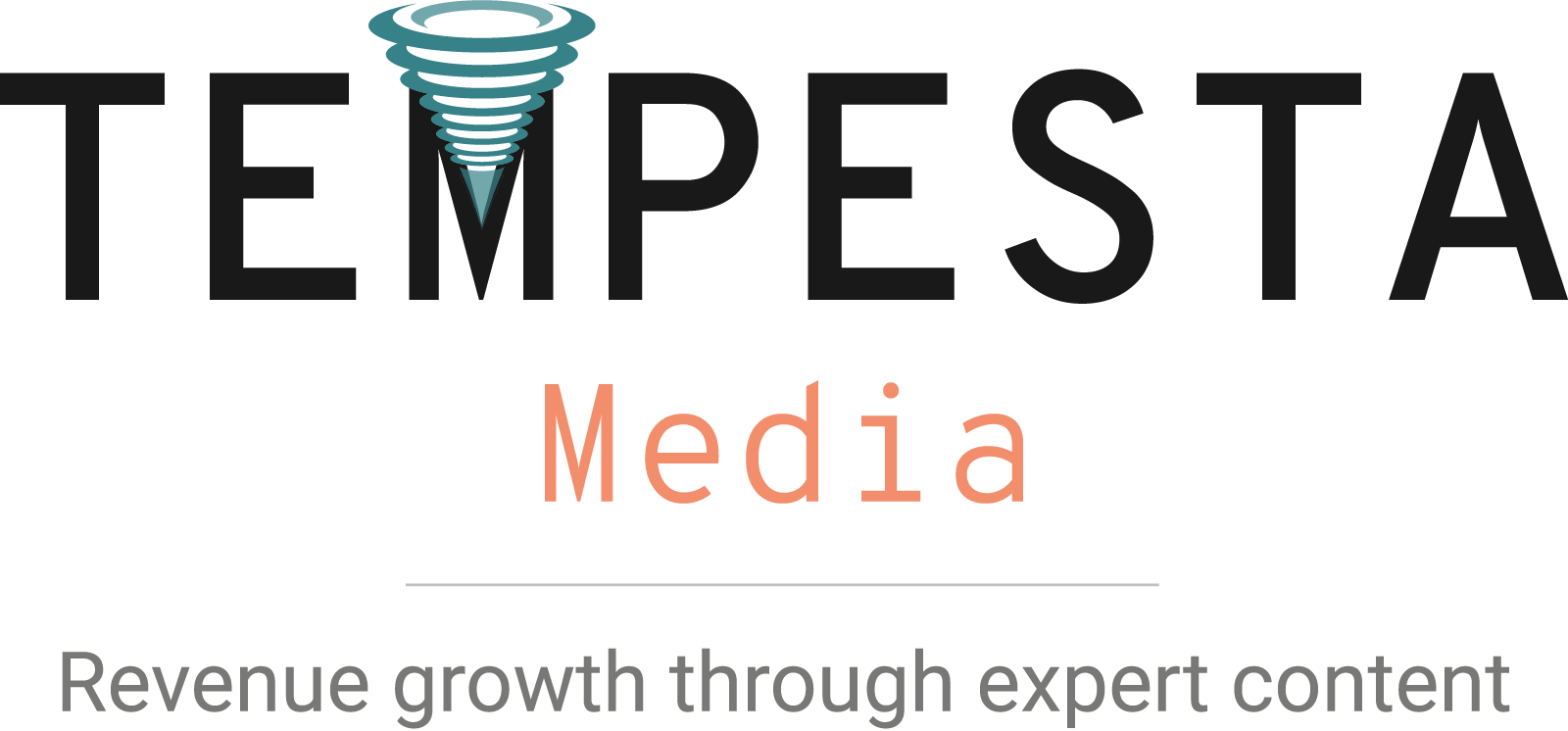It seems like wherever we turn, Americans are fast with an increasingly factious political environment.
What was once confined to the halls of the capital has quickly made its way to main street USA. With political upheaval brings economic uncertainty. This is especially true for businesses.
Businesses need a stable economic, tax and political environment to thrive. Absent these three keys, companies have no choice but to take a more conservative and cautious approach to their business. This is especially true with marketing.
Recent gaffs such as Gillette men’s razor blade commercials are proof positive that marketers need to approach their target audiences with an abundance of caution.
What’s a CMO to do?
Fortunately, there are a couple of actions that marketers can take today to ensure that they have the budget and flexibility needed as the political environment iterates further.
Use content outsourcing to turn your fixed costs into variable costs
For most marketing departments, the two largest budgetary components are staff costs and media spend. While it is easier and more enjoyable to manage staff who are full-time and who sit right next to you (at least in most instances!), it can be dreadful having to deliver pink slips.
“At one of my previous companies, I headed up marketing,” commented Michael Marchese, Tempesta Media’s CEO. “It was the autumn of 2000, at the height of the dot com bubble. It felt like the sky was the limit. We were hiring like mad. I had over two dozen full-time staff within my department.
A couple of months later, the bubble burst. My department ultimately was cut from 24 to 4 employees, including myself. Even worse, our newly downsized team ended up taking on responsibilities of two other departments, who were completely eliminated. If I had to do it over, I would have been much more cautious in my hiring and outsourced more of the work to vendors.”
Before you go ahead and hire the next FTW (full-time employee), think twice. If 80%+ of the work can be done outside the company, outsource it. Don’t even hesitate. Just do it. What your marketing department loses in cost or productivity will be more than made up for in budgetary flexibility.
Lock in annual contracts or not
For companies that do outsource, there are a few approaches that you can take with how you structure the contract. If your marketing budget is going to get cut, give yourself flexibility by securing subscriptions that renew on a monthly or quarterly basis.
If you are trying to lock in cost savings or fear that inflation is upon us (US inflation rates have been creeping upward), your best bet is to lock in your rates now with either an annual or multi-annual contract. Marketers can save 10% or more by locking in long-range contracts. As an example, Tempesta Media offers discounts on annual contracts.
For the content marketing industry, freelance writer pay rates have been increasing at an annualized rate of over 20% for the past 12 months. Eventually, those cost increases are going to flow through to you.
Stress test your contingency plan
By nature, most marketers are optimistic people. They tend to look to the bright side because their jobs require them to constantly be promoting their companies.
Sometimes that optimism can be a marketer’s worst enemy. More often than not, marketers can end up putting their departments in a difficult and comfortable position because they believed their own marketing spin.To save yourself potential future pain of suffering, make sure you develop a contingency plan and budget for the unlikely event that something does not go right.
At Tempesta Media, all managers are required to submit both their draft annual operating budget along with an accompanying contingency plan. That contingency plan is based on two scenarios: one where the company falls 20% short of its annual objectives and the other where the company ends up more than 20% ahead of its annual objectives. Managers are forced to think through in advance what would happen if their budgets were cut by 20% to 40% or conversely increased.
While planning for the upside is immeasurably easier and more enjoyable, contingency planning for a potential downside is a sobering exercise. Managers quickly see how a downside environment, political or otherwise, can impact their department. It brings to the forefront the difficult decisions that they might face.
That reality helps them to better adjust their draft annual operating budgets to take into account potential planned contingencies.
For marketers in 2019, it’s no longer good enough to just meet your numbers.
Because of the environment we all face today, marketers have to plan their departments for an uncertain environment. Outsourcing, contract strategy and contingency planning are all critical tools that marketers should not overlook within their toolbox.





















